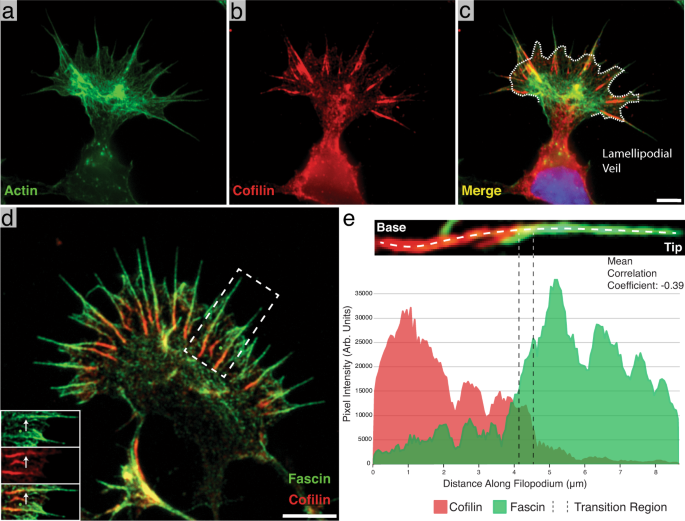ブラウン大学で開発された新材料は、バクテリアの酵素の存在に反応して治療用ナノ粒子を放出することができ、特に創傷被覆材に有用であることが証明されました。 A new material developed at Brown University can respond to the presence of bacterial enzymes by releasing a cargo of therapeutic nanoparticles, which could prove particularly helpful in wound dressings.
2022-06-08 ブラウン大学
この材料は、感染症対策に役立つと同時に、耐性菌の問題にも対処できるため、この開発は特に、世界的な抗生物質耐性の危機に直面していると研究者は述べている。
<関連情報>
β-ラクタマーゼ応答性ハイドロゲルによるバクテリアトリガー型カーゴデリバリープラットフォームの開発 β-Lactamase-Responsive Hydrogel Drug Delivery Platform for Bacteria-Triggered Cargo Release
Dahlia Alkekhia, Cassi LaRose, and Anita Shukla
ACS Applied Materials and Interfaces Published:June 8, 2022
DOI:https://doi.org/10.1021/acsami.2c02614

Abstract
Antibiotic resistance is a growing public health threat that complicates the treatment of infections. β-Lactamase enzymes, which hydrolyze the β-lactam ring present in many common antibiotics, are a major cause of this resistance and are produced by a broad range of bacterial pathogens. Here, we developed hydrogels that degrade specifically in the presence of β-lactamases and β-lactamase-producing bacteria as a platform for bacteria-triggered drug delivery. A maleimide-functionalized β-lactamase-cleavable cephalosporin was used as a crosslinker in the fabrication of hydrogels through end-crosslinked polymerization with multiarm thiol-terminated poly(ethylene glycol) macromers via Michael-type addition. We demonstrated that only hydrogels containing the responsive crosslinker were degraded by β-lactamases and β-lactamase-producing bacteria in vitro and in an ex vivo porcine skin infection model. Fluorescent polystyrene nanoparticles, encapsulated in the hydrogels as model cargo, were released at rates that closely tracked hydrogel wet mass loss, confirming β-lactamase-triggered controlled cargo release. Nonresponsive hydrogels, lacking the β-lactam crosslinker, remained stable in the presence of β-lactamases and β-lactamase-producing bacteria and exhibited no change in mass or nanoparticle release. Furthermore, the responsive hydrogels remained stable in non-β-lactamase enzymes, including collagenases and lipases. These hydrogels have the potential to be used as a bacteria-triggered drug delivery system to control unnecessary exposure to encapsulated antimicrobials, which can provide effective infection treatment without exacerbating resistance.


